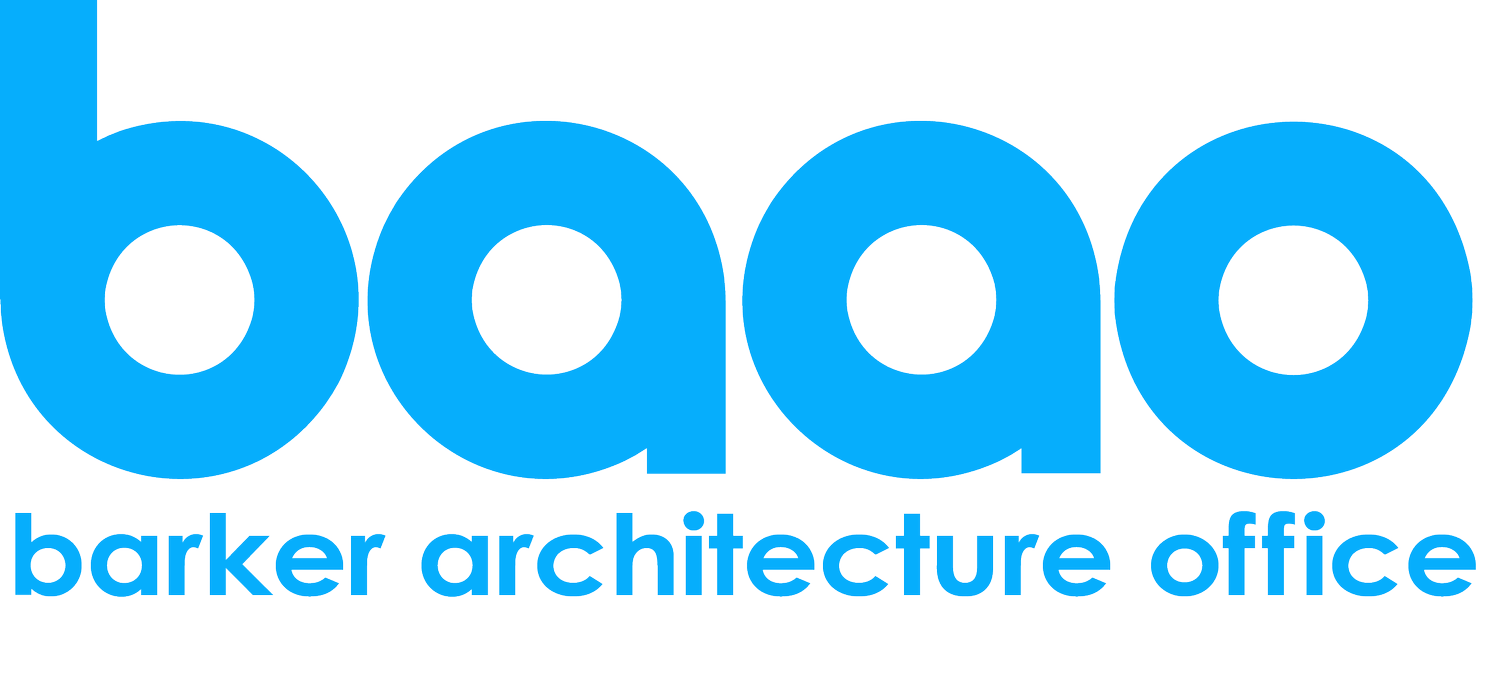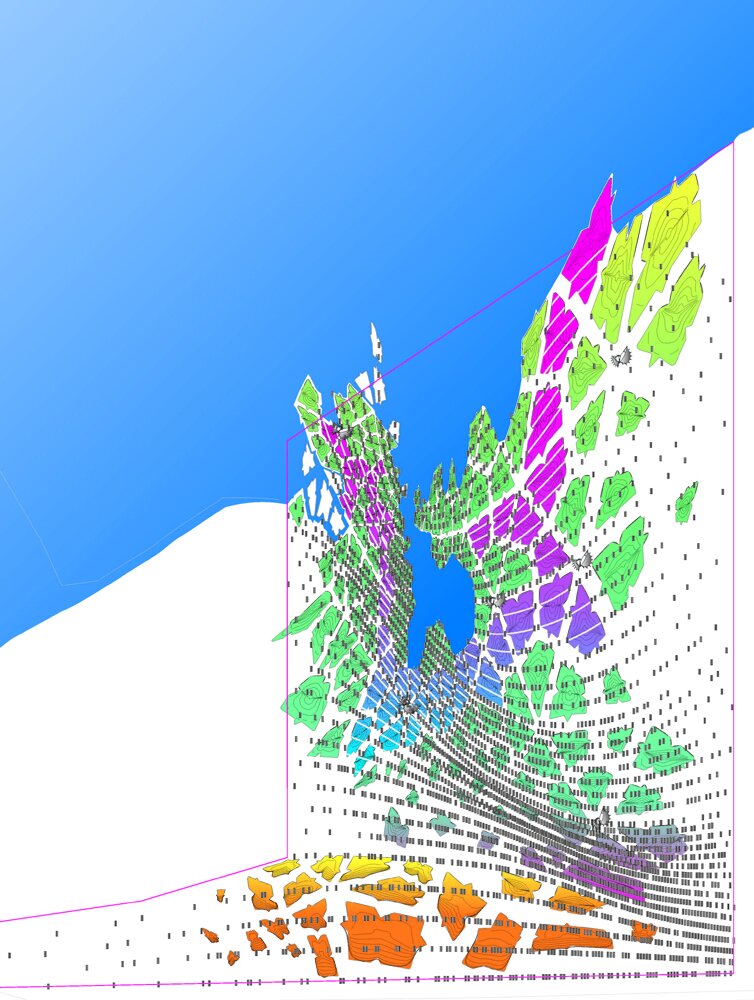Chromatic Energy Landscape
Our project seeks to bring to the forefront the incredible potential for natural resources to produce energy and fuel through processes that minimize their impact on the environment. Our intervention aims to generate a spatially and chromatically variegated landscape that endeavors to engage, protect, and even restore the natural biodiversity of native plants and animals. The proposal is organized as layered fields of photoresponsive energy generation systems that are also iridescent, phosphorescent surfaces intersected by a system of viewing platforms.
Our strategy employs local, renewable materials and resources--native algae and vegetation, recycled glass and low-tech methods of construction--to reshape the existing site into a colorful textured landscape. Modular solar collectors with parabolic trough mirrors and lightweight composite structures are made of a high quantity of recycled content. The components are then layered with iridescent coatings that reflect different fragments of the visible light spectrum. The high levels of insolation in this region and the sites proximity to major urban areas make this a prime location for solar energy harvesting with a potential capacity factor of 21% with minimal impact on the site, producing virtually no emissions, and consuming no fuel other than sunlight.
Location:
Dubai, United Arab Emirates
Image Credit:
BAAO
Awards:
Land Art GEnerator Initiative Finalist
Architizer A+ Award Honorable Mention
Publications:
Change: Architecture and Engineering in the Middle East ,
2000-present (Centre for Architecture)
eVolo










